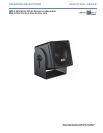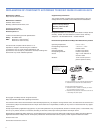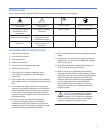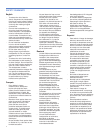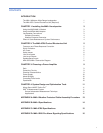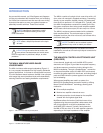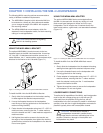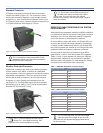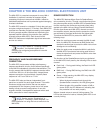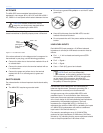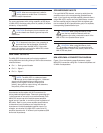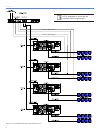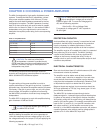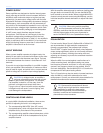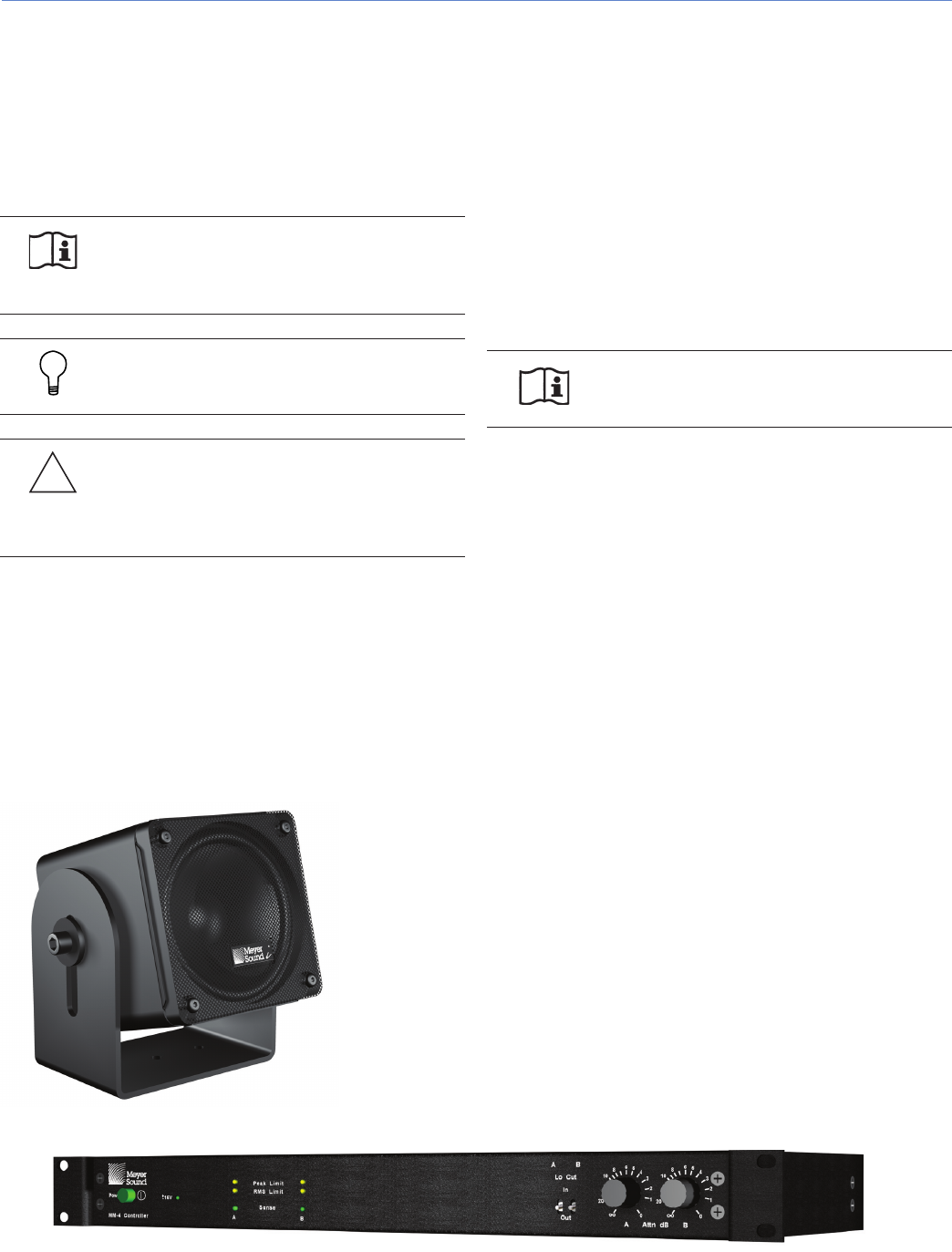
1
INTRODUCTION
As you read this manual, you’ll find figures and diagrams
to help you understand and visualize what you’re reading.
You’ll also find numerous icons that serve as cues to flag
important information or warn you against improper or
potentially harmful activities. These icons include:
A NOTE identifies an important or useful
piece of information relating to the topic
under discussion.
A TIP offers a helpful tip relevant to the topic
at hand.
!
A CAUTION gives notice that an action can
have serious consequences and could cause
harm to equipment or personnel, delays, or other
problems.
THE MM-4 MINIATURE WIDE-RANGE
LOUDSPEAKER
The MM-4 miniature wide-range loudspeaker (Figure i.1)
is a very compact loudspeaker for high-quality distributed
system applications. In contrast to conventional low power
70-volt transformer based systems, the MM-4 can produce
wide-range high sound pressure levels while dramatically
reducing distortion and easing installation requirements.
Figure i.1. MM-4 miniature wide-range loudspeaker
The MM-4 consists of a single 4-inch cone driver with a 16-
ohm voice coil mounted in a sealed enclosure. Connecting
directly to your amplifier, the MM-4 draws 150 watts peak
from the line to produce 112.5 dB peak SPL. Typically, with
four MM-4 loudspeakers connected in parallel on the line,
the system requires a direct drive power amplifier capable
of 600 watts continuous output (49 volts rms) into 4 ohms.
The MM-4’s enclosure comes standard with a paintable
black anodized finish. The enclosure acts as a sink to
dissipate heat from the driver voice coil, and is fitted with a
perforated steel grille.
NOTE: The MM-4 can be ordered custom-
painted in any color to match your décor.
A looping, sealed EN3 connector is available for outdoor
installations, as well as a Phoenix-style keyed connector for
indoor systems.
THE MM-4CEU CONTROL ELECTRONICS UNIT
(REQUIRED)
A two-channel, single rack unit, the MM-4CEU control
electronics unit (Figure i.2) provides the required frequency
and phase response correction circuitry tailored to the
MM-4 loudspeaker. Through a SpeakerSense
™
connection
to the power amplifier output, the MM-4CEU continuously
monitors the power applied to the drivers, activating integral
peak and RMS limiters to protect against over-excursion
and overheating.
When several amplifiers are used in a system, the
MM-4CEU’s SpeakerSense connection works by utilizing
Meyer Sound’s MultiSense
™
technology, allowing each
channel to:
Drive multiple amplifiers
Monitor two amplifier channels at once
Activate protection circuits based on the amplifier
channel with the highest signal level
MultiSense allows the levels of individual zones to be
adjusted using the power amplifier’s attenuators while
still giving protection to all the loudspeakers on the
same MM-4CEU channel. Typically, each channel of
the MM-4CEU can drive 12 or more amplifier channels
depending on the input impedance of the amplifier.
INTRODUCTION
Figure i.2. The MM-4CEU front panel



